Wide-eyed with concern, tourists ran to the safety of their hotels and clambered up to the roof. The streets had become a river of people singing, chanting, yelling, crying. History was unfolding. Without a thought, I ran downstairs, camera in hand. But I let the most iconic image slip through my hands. I missed the shot.
What was happening?
The beloved King Hassan II, who reigned over Morocco for 38 years, passed away. People took to the streets weeping, chanting, singing songs of praise and flowing through the streets. They carried banners and pictures of their beloved king. It was July 23, 1999. We were witnessing history.
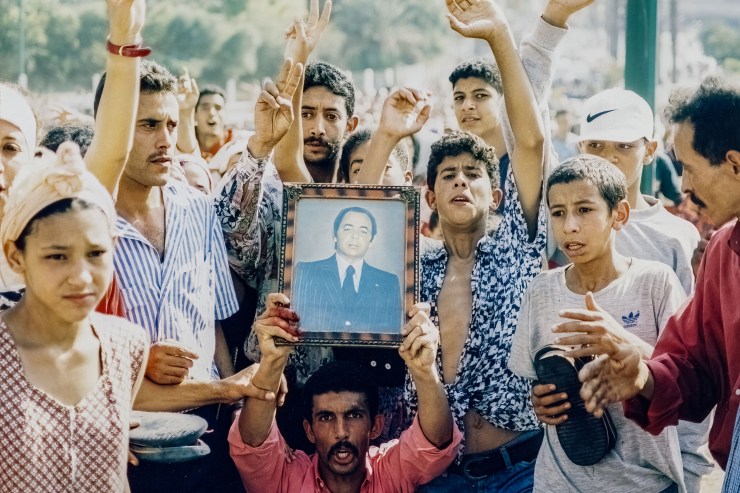
Taking to the streets
In Arabic countries, people often express their happiness, grief, anger or disbelief by taking to the streets. But this was a particularly large event.
Intrigued, I moved with the crowds. I took photos. I gave weeping men hugs. Women nodded their heads sadly at me while singing or weeping. I photographed people posing with framed pictures of the king that they had taken down from their living spaces.
The crowds marched through the streets, their songs echoing off the buildings as others joined in hanging out of windows above.
The image that got away
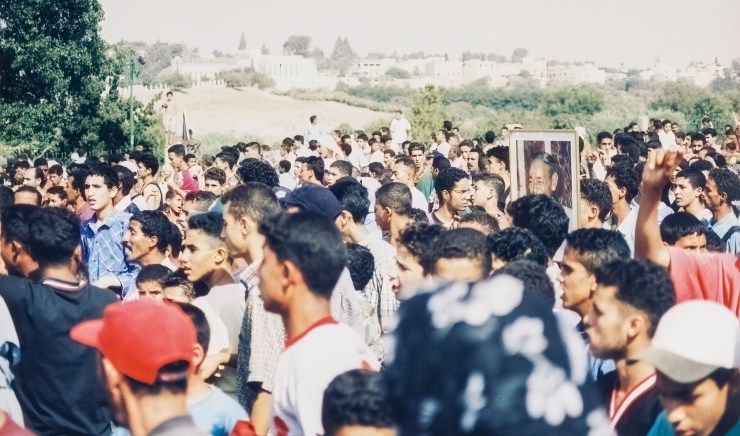
On a cobblestone street in a picturesque part of Meknes, the crowd hoisted a distraught young man on their shoulders, lifting him high above the crowd. He was wrapped in the red flag with a star, the flag of Morocco. His eyes tearing, his face stuck out of the flag, which was now catching a breeze, flowing behind him. It looked gloriously sad, encapsulating how the crowd felt, the grieving of Morocco, all in one image. At one point, everyone lifted their fists in unity.
I immediately aimed my camera, focused, and … nothing. I had turned off the camera. That fleeting moment had come and gone.
Almost frantically, I followed crowds for over two hours. I was thirsty, hot and hungry. I was chasing something in my mind. However, nothing like this scene ever occurred. I never saw anything even remotely that iconic or symbolic of the day again.
My time in Morocco
.mgl-tiles { display: none; } #mgl-gallery-634eba2806afb { margin: -5px; width: calc(100% + 10px); } #mgl-gallery-634eba2806afb .mgl-box { padding: 5px; } @media screen and (max-width: 768px) { #mgl-gallery-634eba2806afb { margin: -5px; width: calc(100% + 10px); } #mgl-gallery-634eba2806afb .mgl-box { padding: 5px; } } @media screen and (max-width: 460px) { #mgl-gallery-634eba2806afb { margin: -5px; width: calc(100% + 10px); } #mgl-gallery-634eba2806afb .mgl-box { padding: 5px; } }
A small girl in Larache, a small charming town near the coast in Morocco.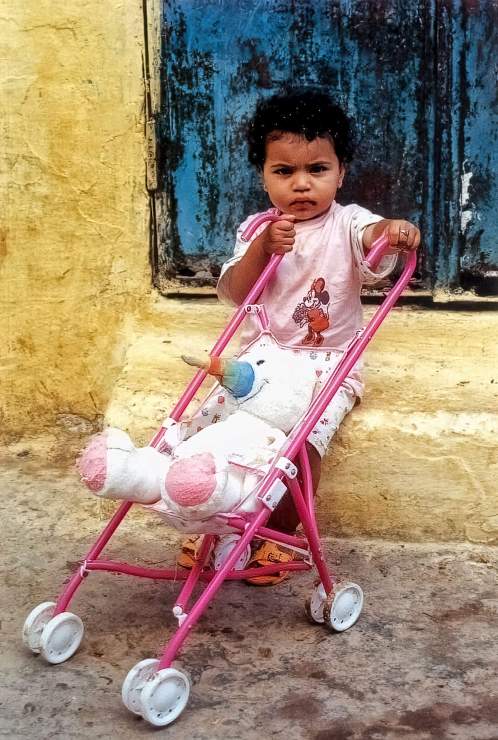
You may travel to the far ends of Morocco and never find a shirt as fun as this. Photographed near Cascades D’ouzoud.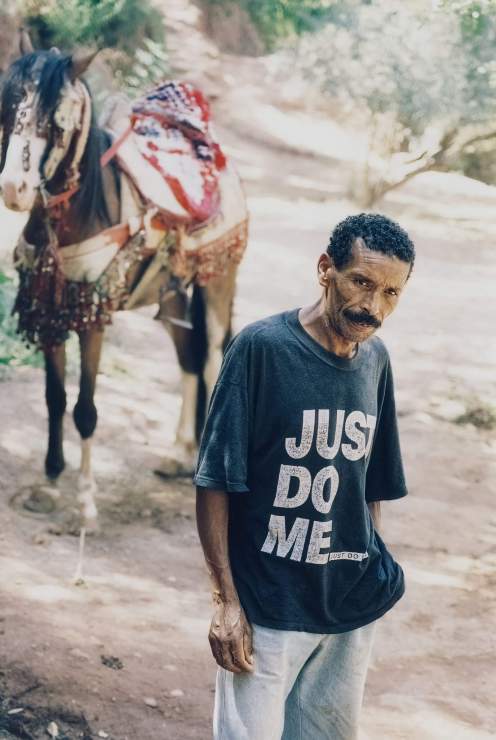
A girl enjoying the camaraderie of her family and friends at sunset, Essaouira, Morocco. It’s tradition for residents to walk along the ramparts and enjoy the sun melting into the ocean.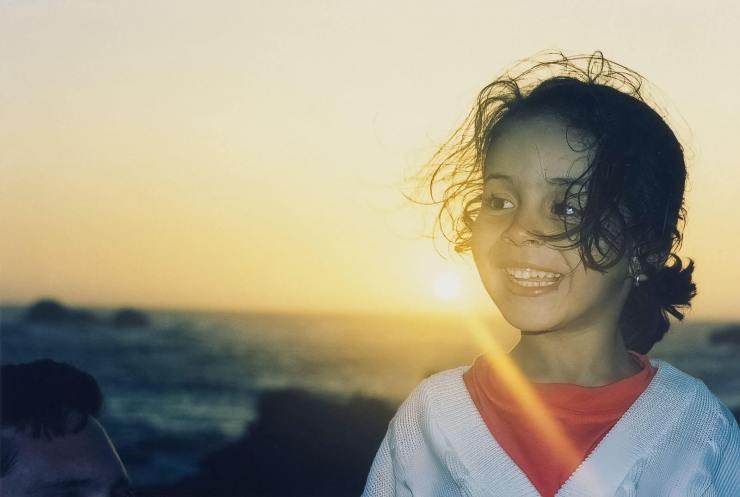
Morocco is a very special, beautiful country. I played basketball with locals, had strange and wonderful experiences, had a sudden surprise kiss from a beautiful Moroccan woman in a stairwell in Essaouira, played music everywhere and explored the countryside where no other tourists went. With a Nikon N70 SLR film camera and a 70-300mm lens in hand, I photographed much of it.
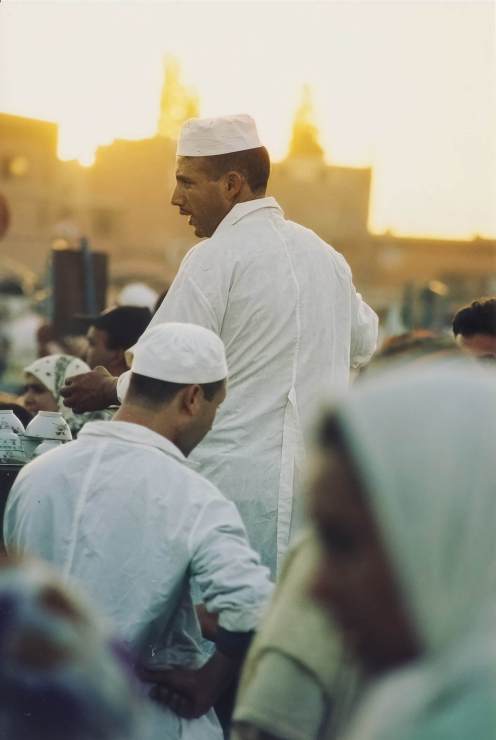
But throughout the rest of the trip to Morocco. Even now, many years later, the shot I missed still gnaws at me.
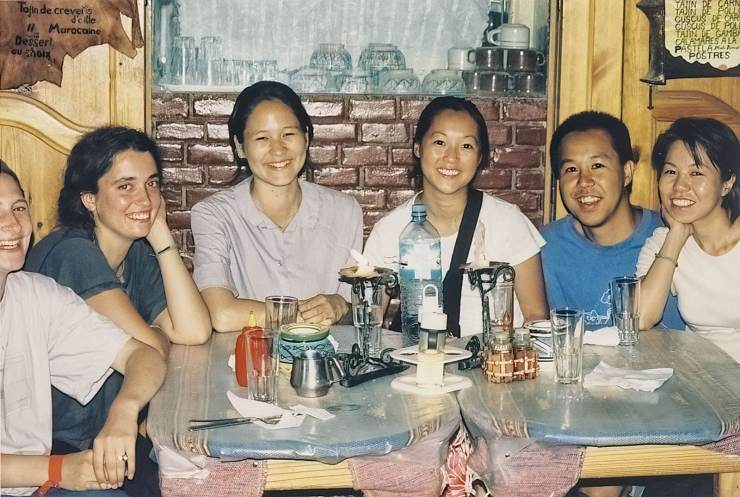
All photos were scanned with an ancient CanoScan 8600F from 3×5 prints, and were taken with a Nikon N70 and 70-300mm f/4-5.6 G lens.
Tell your story with the second annual Visual Storytelling Conference!
Experience four days of interactive, online training sessions featuring a range of educational content with experienced photographers and content creators. This free event kicks off with a series of technical boot camps to build essential skills, followed by live, online sessions on photography, video, business and social media. Join live from March 10-13, 2022!
